The primary role of wearing face mask is to reduce the release of infectious particles into the air when someone speaks, coughs, or sneezes. The pandemic of COVID-19 is growing, many healthcare workers reported a shortage of masks and respirators. But, policies of health organizations for healthcare workers are inconsistent, with a change in policy in the US for universal face mask use. And the use of face mask in the community may primarily serve as a means of source control.
Medical face mask

A medical face mask is a medical device covering the mouth, nose and chin ensuring a barrier. Medical face masks are fairly loose-fitting, disposable masks approved by the Food and Drug Administration for use as medical devices. Doctors, dentists, and nurses often wear them while treating patients. These masks prevent large droplets of bodily fluids that may contain viruses or other germs from escaping via the nose and mouth. They also protect against splashes and sprays from other people, such as those from sneezes and coughs. Besides, medical face masks are as a means of source control for persons who are symptomatic.
Non-medical face mask
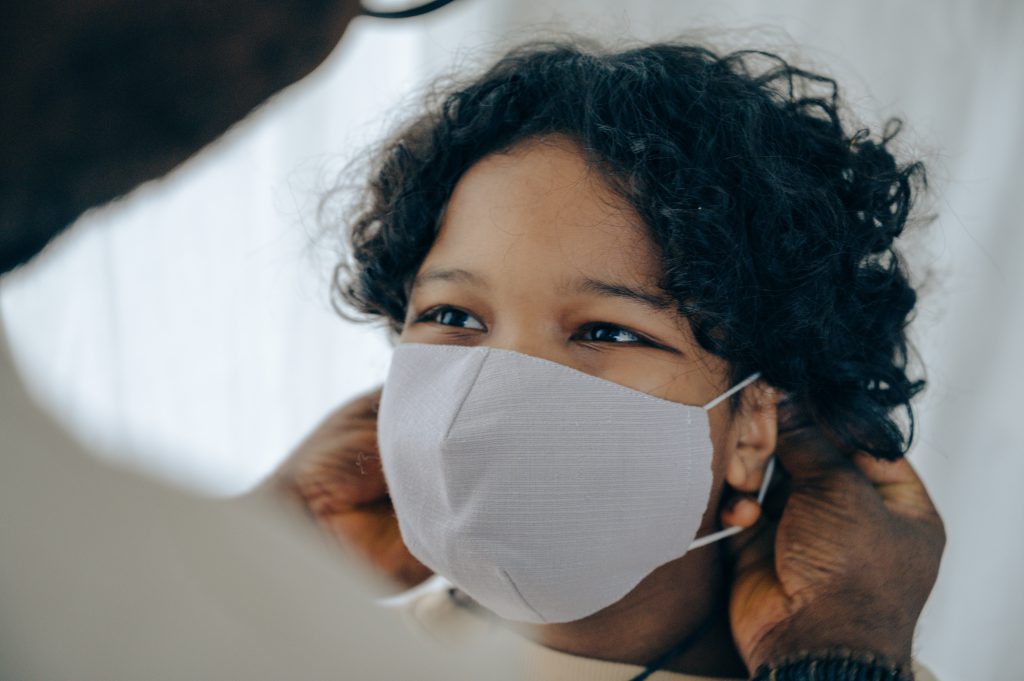
These face masks can be used in public settings, such as grocery stores, where you may be in close contact with others and it’s difficult to maintain your distance. Non-medical masks include various forms of self-made or commercial masks made of cloth, other textiles or other materials. One of the advantages of cloth masks is that we can make easily and wash and reuse. You can make your own at home using a few basic materials, such as cotton fabric, a T-shirt, or a bandana. However, they are not appropriate substitutes in hospitals where healthcare workers use masks or respirators.
Respirators
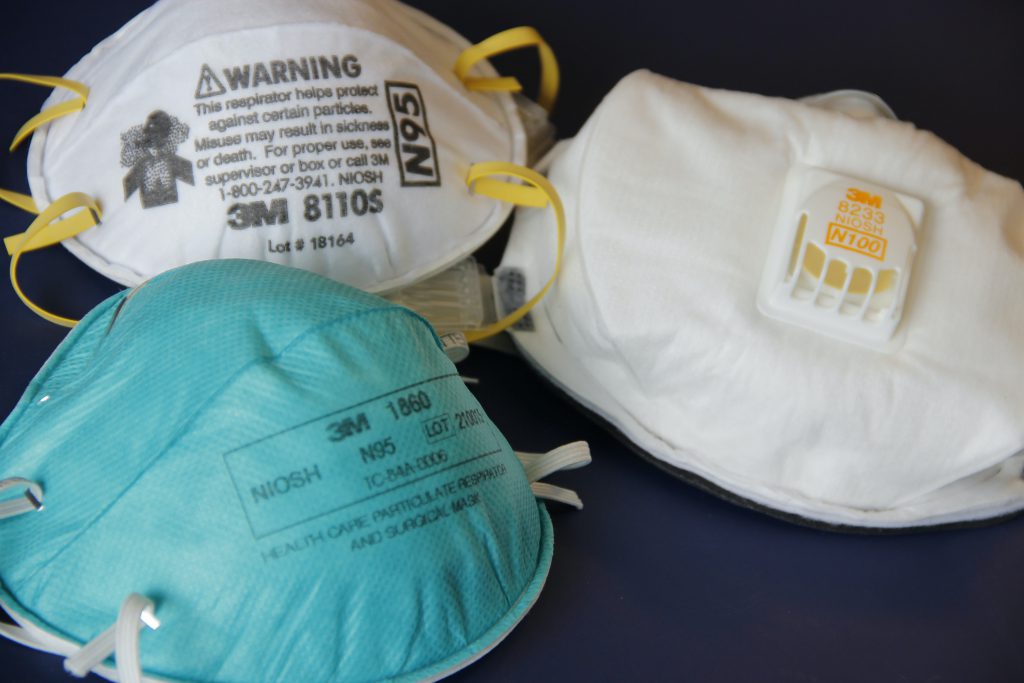
A respirator can protect the wearer from exposure to airborne contaminants and is as a personal protective equipment (PPE). Respirators, also called N95 masks, are designed to protect the wearer from small particles in the air, like viruses. Respirators are selected to fit your face. They must form a perfect seal so no gaps allow airborne viruses in. Healthcare workers mainly use respirators to protect themselves, especially during aerosol-generating procedures. While those who work in health care settings should wear respirator, there is no such advisory for the general public. Health professionals only use this mask to deal with patients who may be infected with the coronavirus.
Necessary of wearing face masks
Appropriate use of face masks is important. The face covering should completely cover the face from the bridge of the nose down to the chin. Clean hands before putting on and taking off the face mask. When taking off the mask, remove it from behind, avoiding touch the front side. Then, dispose the mask safely if it is disposable. Wash your hands immediately after removing the mask. Besides, we should wash cloth masks as soon as possible after each use, using common detergent at 60 °C. Campaigns for the appropriate use of face masks may improve the effectiveness of the measure.
For communication purposes, it is important to emphasize that people use face masks to protect their fellow citizens. They do not want to unknowingly spread the virus. A face mask may offer added protection against getting sick. There are no known risks to wearing these devices, except for the cost of buying them. Wearing a mask should not be misconstrued that they want to protect themselves from others. Wearing face mask is not an act of selfishness and should be promoted as an act of solidarity.


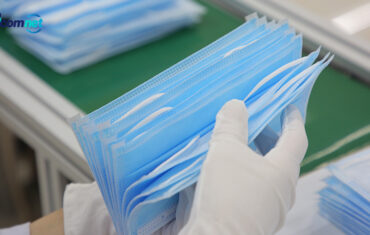
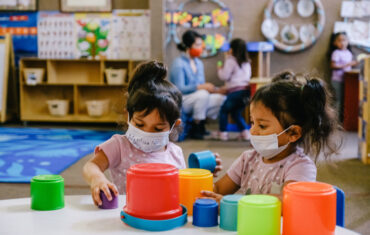

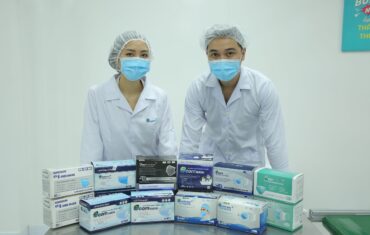

38 thoughts on “Face mask in the community during Covid 19”